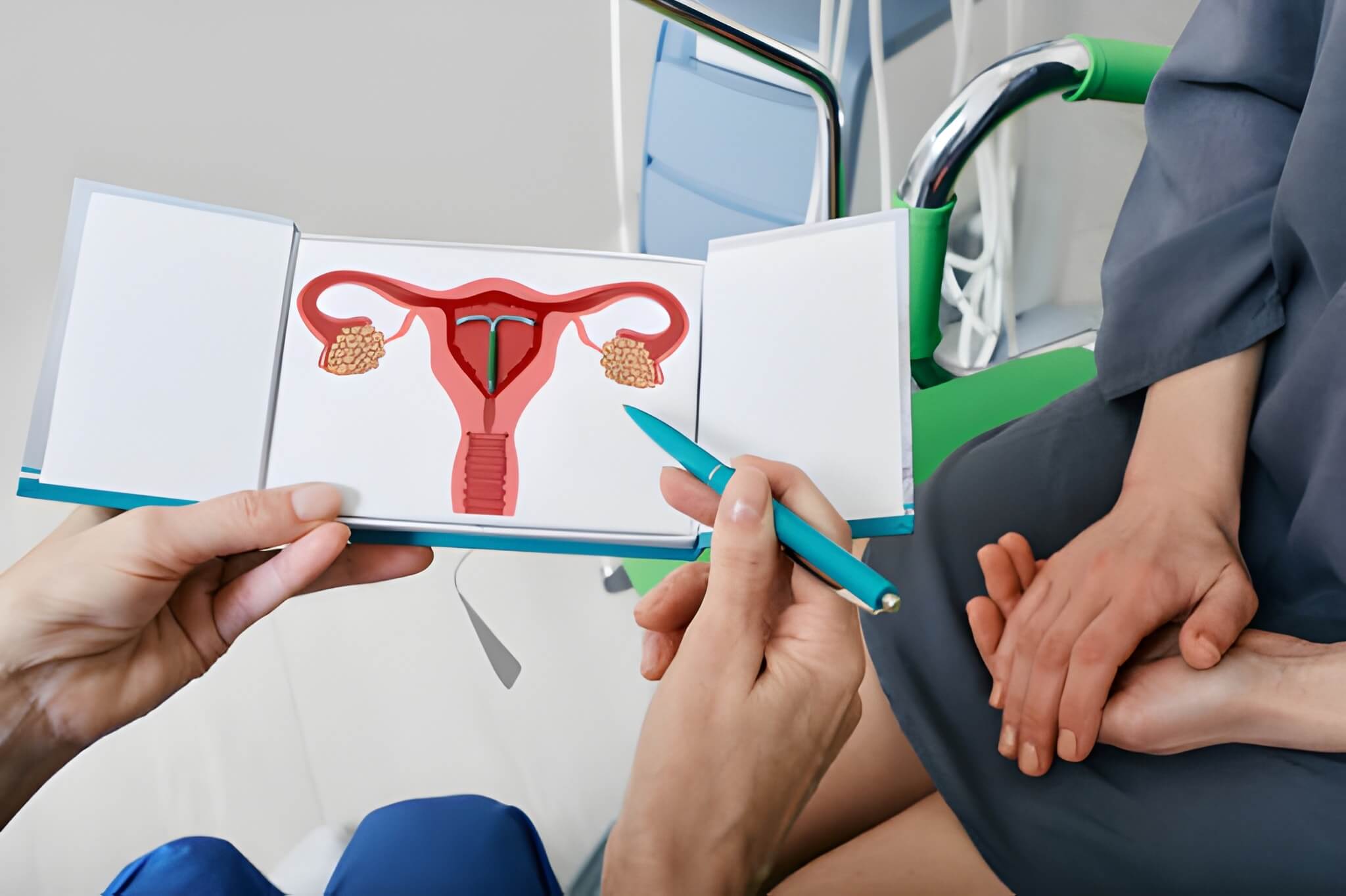For many women in Hartford, choosing an IUD (intrauterine device) is a reliable, long-term birth control option. But one of the most common concerns after insertion is bleeding. Some women experience spotting for a few days, while others worry when bleeding continues for two weeks or more.
So, is bleeding for 2 weeks after IUD insertion normal? The short answer: Yes, light bleeding or spotting for up to 2–6 weeks can be normal after IUD placement. However, heavy bleeding, large blood clots, or severe pain may signal that something else is going on.
As a Family Nurse Practitioner serving women in Hartford, I’ll explain what’s normal, when to be concerned, and how to manage post-IUD bleeding safely.
Why Bleeding Happens After IUD Insertion
When an IUD is placed, the cervix and uterus undergo a small amount of trauma. This can lead to:
-
Spotting or light bleeding as your body adjusts.
-
Cramping, similar to menstrual cramps.
-
Hormonal changes (with devices like Mirena, Kyleena, or Skyla).
Your uterus is essentially “getting used” to the device. For many women, the adjustment phase lasts a few weeks.
Is Bleeding for 2 Weeks After IUD Insertion Normal?
Yes—spotting or bleeding for up to 2 weeks (and sometimes longer) is considered normal after both hormonal and copper IUDs.
-
Hormonal IUDs (Mirena, Kyleena, Skyla, Liletta):
Irregular spotting is very common in the first 1–3 months. Over time, periods often become lighter—or stop altogether. -
Copper IUD (ParaGard):
Heavier periods and more cramping are common, especially in the first few cycles.
👉 If your bleeding is light to moderate and slowly improving, it’s usually nothing to worry about.
When Bleeding Becomes a Concern
Bleeding is expected—but it’s important to know when to contact your Hartford provider.
Call your provider if you experience:
-
Heavy bleeding soaking more than 1 pad/tampon per hour.
-
Passing blood clots after IUD insertion larger than a quarter.
-
Foul-smelling discharge (possible infection).
-
Severe cramping not relieved by over-the-counter medication.
-
Fever or chills (possible infection).
-
Feeling the IUD at the cervix or noticing it has fallen out.
Mirena Discomfort After Insertion
With hormonal IUDs like Mirena, some women report discomfort beyond just bleeding. This may include:
-
Pelvic cramping that feels like period pain.
-
Lower back discomfort.
-
Irregular spotting or prolonged bleeding.
Most of these symptoms improve after the first few weeks as your body adjusts to the hormones. If discomfort continues beyond 6–8 weeks, your provider can check IUD placement.
Passing Blood Clots After IUD Insertion
Small blood clots can occur after IUD placement, especially if your flow is heavy. However:
-
Passing large clots (bigger than a quarter) is not typical.
-
This may indicate heavy bleeding, uterine irritation, or (rarely) expulsion.
-
If you’re in Hartford and notice this, call your provider promptly for an exam.
How to Stop Bleeding After Mirena Insertion
If spotting or bleeding is bothersome, there are safe ways to manage it:
-
NSAIDs (ibuprofen, naproxen): Reduce bleeding and cramping.
-
Hormonal support: Some providers may prescribe short-term birth control pills to stabilize bleeding.
-
Iron-rich diet: Helps prevent anemia if bleeding is prolonged.
👉 Never try to self-remove an IUD due to bleeding. Always check with your provider first.
Tips for Managing Bleeding and Discomfort
-
Track your symptoms – Use a period app to log bleeding patterns.
-
Use pads instead of tampons in the first 24 hours to reduce infection risk.
-
Heat therapy – A heating pad on your lower abdomen can ease cramps.
-
Stay hydrated and rest – Helps your body recover faster.
-
Schedule a follow-up – Most Hartford providers recommend a check-up 4–6 weeks after insertion.
When to Expect Your First Period After IUD Placement
-
Hormonal IUD (Mirena, Kyleena, Skyla, Liletta): Your first few cycles may be irregular. Some women skip periods entirely.
-
Copper IUD (ParaGard): Expect heavier and longer periods in the beginning.
👉 Bleeding for 2 weeks after insertion may overlap with your first period, which is why tracking symptoms is helpful.
Hartford Resources for IUD Care
If you’re experiencing prolonged bleeding or discomfort, you can find help locally at:
-
Hartford HealthCare Women’s Health
-
Saint Francis Hospital OB/GYN Clinic
-
UConn Health OB/GYN Services
These clinics provide IUD insertion, removal, follow-up care, and bleeding management strategies.
FAQs About Bleeding After IUD Insertion
1. Is it normal to bleed for 2 weeks after IUD insertion?
Yes, spotting for 2–6 weeks can be normal, especially with Mirena or copper IUDs.
2. How can I stop bleeding after Mirena insertion?
NSAIDs like ibuprofen can reduce spotting. Your provider may also recommend short-term hormonal support.
3. Are blood clots normal after IUD insertion?
Small clots may be normal, but large clots should be evaluated by a provider.
4. Is discomfort common after Mirena insertion?
Yes, mild pelvic discomfort and cramping are common in the first weeks.
5. When should I call my Hartford provider about bleeding?
If you have heavy bleeding, large clots, severe pain, or signs of infection.
Final Thoughts
So, is bleeding for 2 weeks after IUD insertion normal? For most Hartford women, yes—spotting and light bleeding are common and expected. But if you’re passing large clots, experiencing heavy flow, or feeling unwell, it’s important to contact your provider for guidance.
At HealthGardeners, I help Hartford women navigate the IUD process—from insertion and aftercare to managing bleeding and discomfort—so you can feel confident and supported in your reproductive health choices.

Meghan Killilea Galli, APRN, FNP-BC, is a Connecticut-based board-certified Family Nurse Practitioner with over 5 years of experience in urology, women’s pelvic health, and primary care. She practices with Hartford HealthCare and Griffin Faculty Practice Plan and founded Health Gardeners to share reliable, evidence-based health information.
Read More
